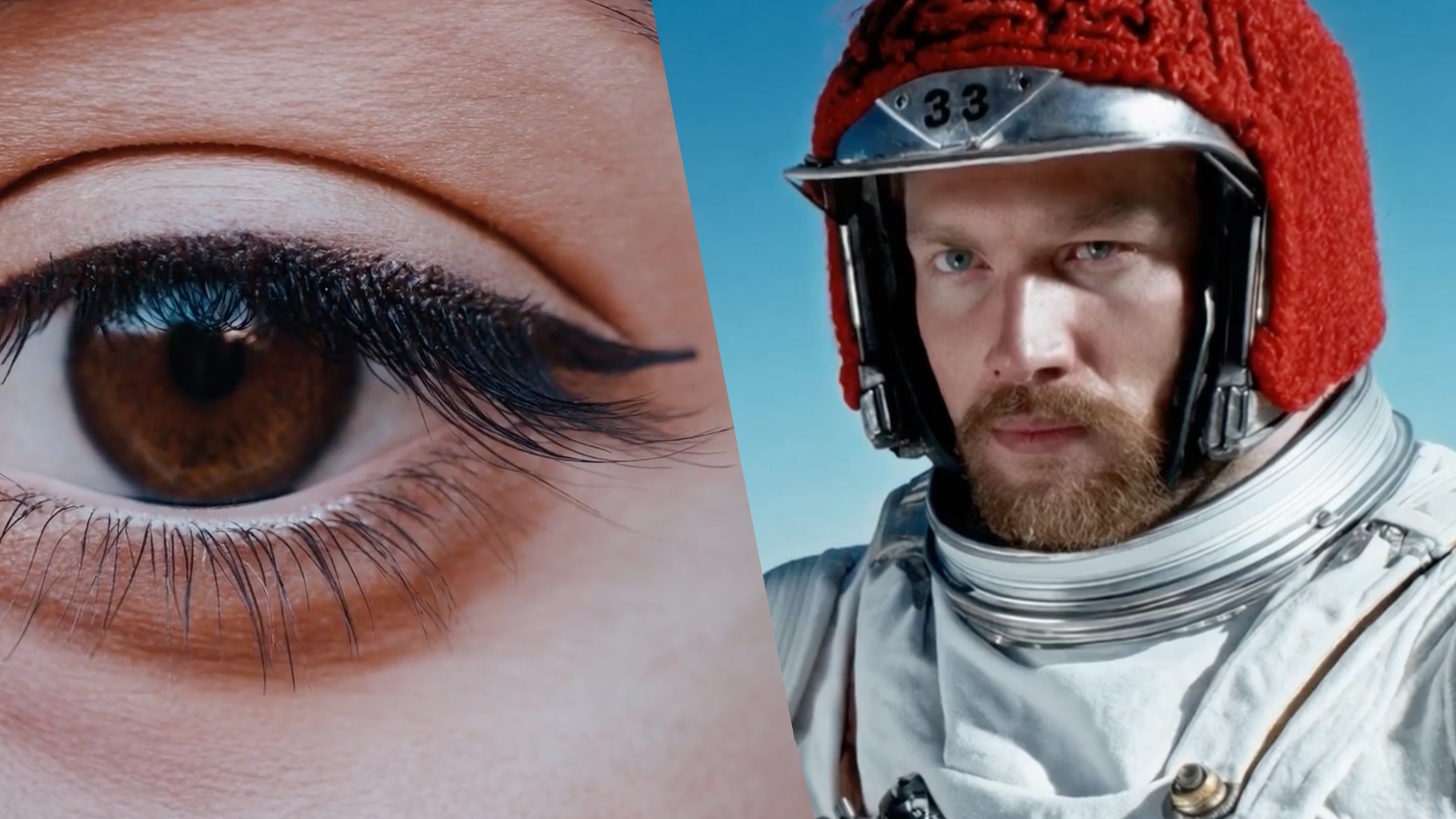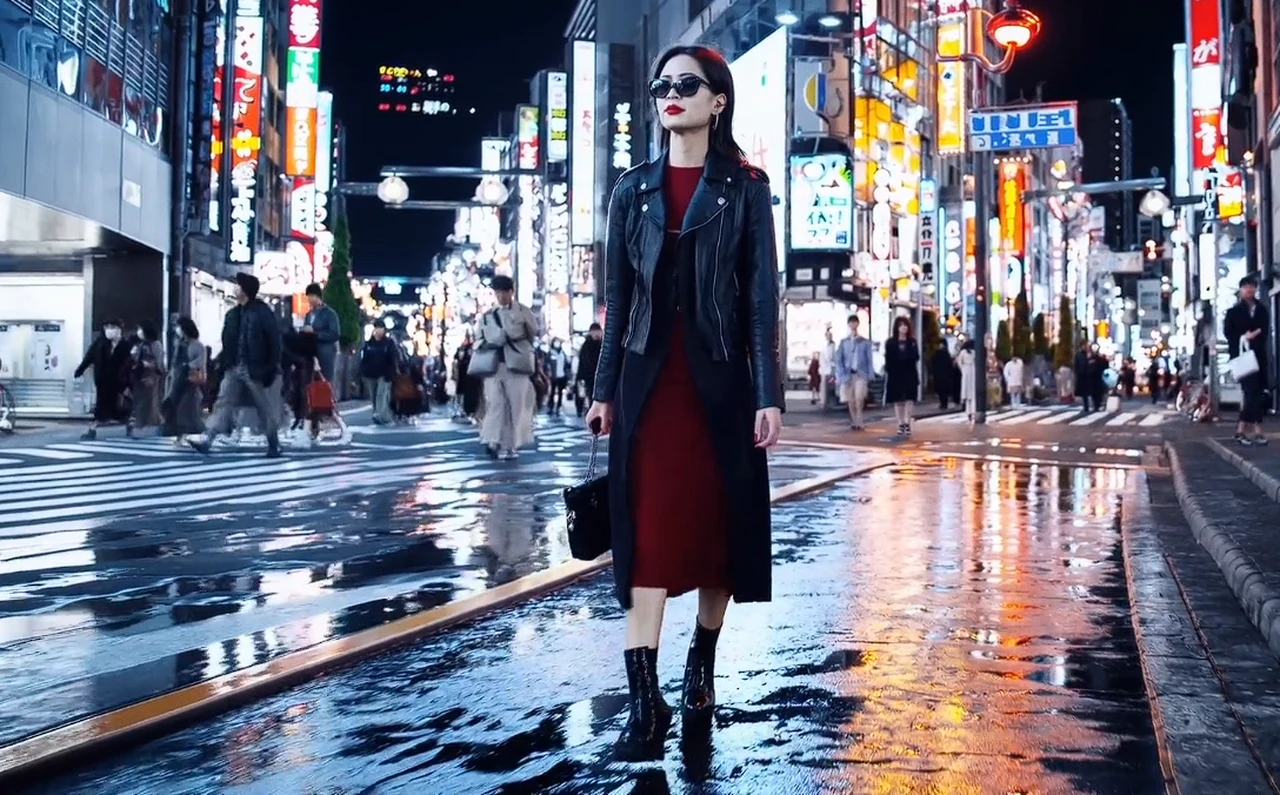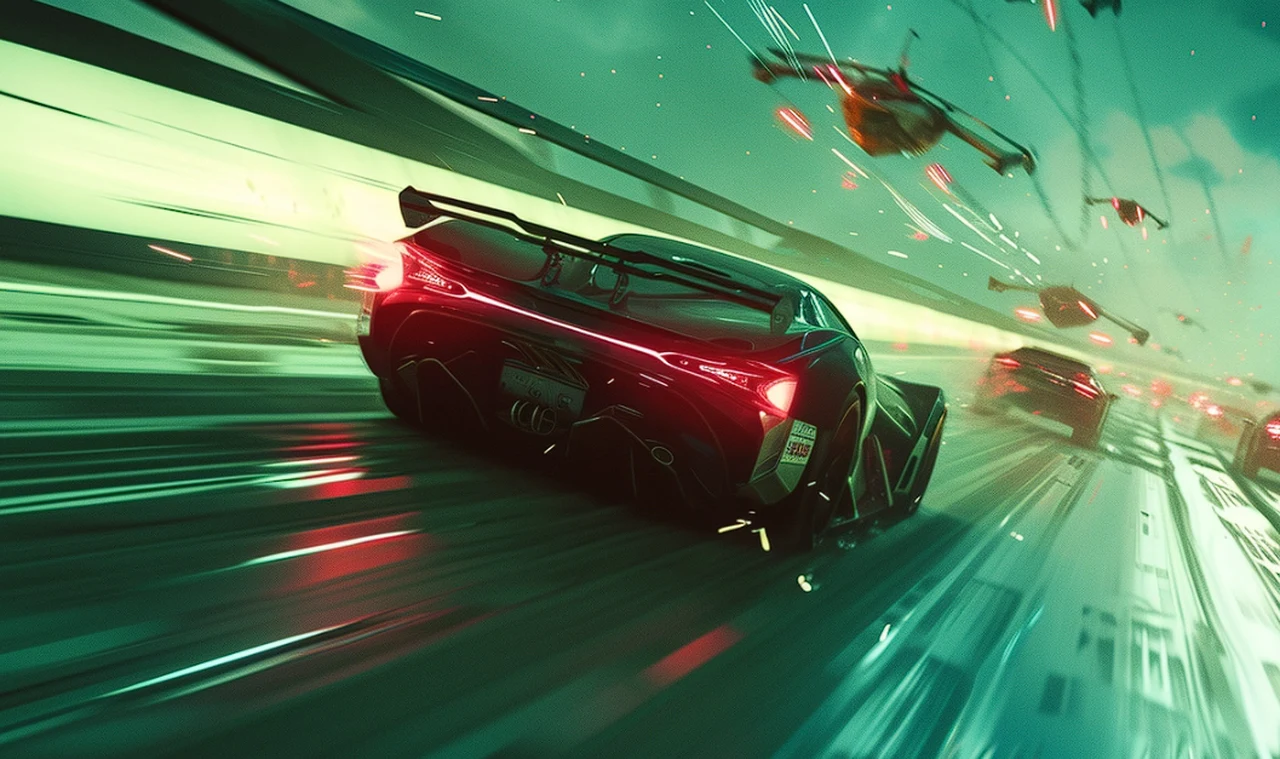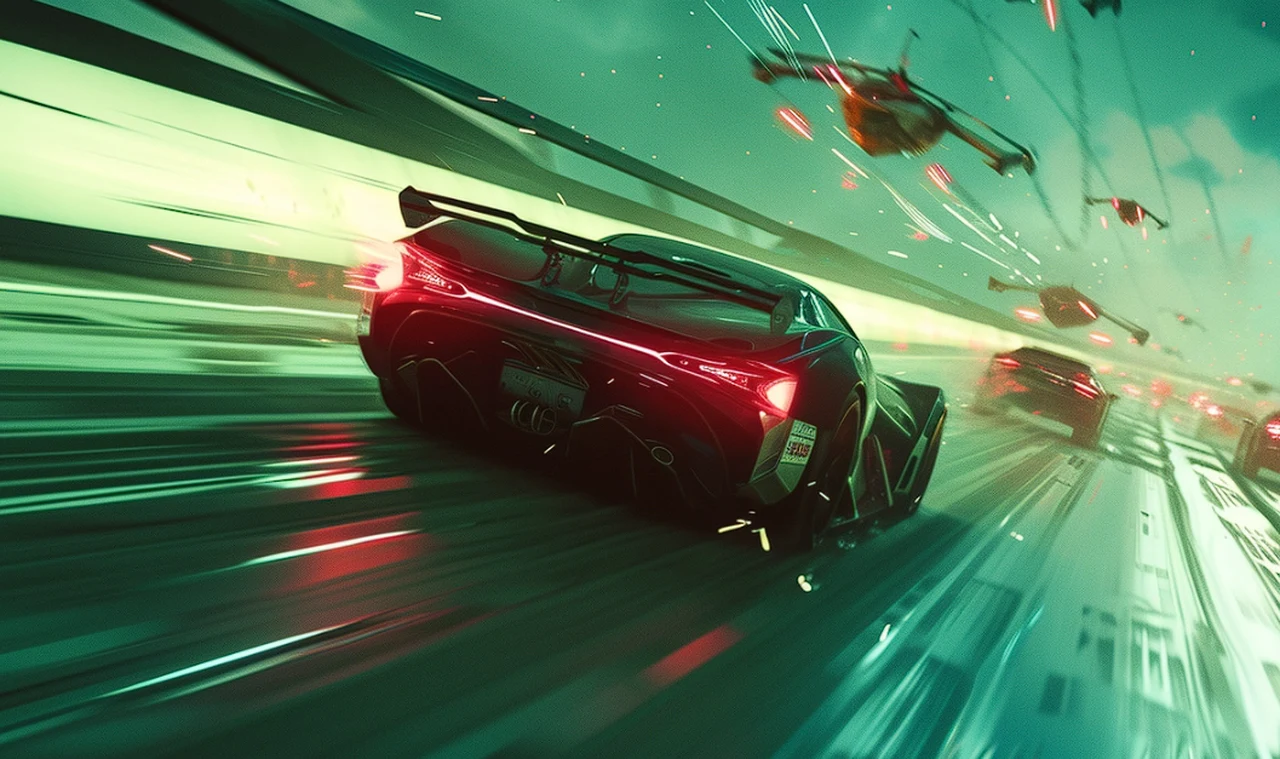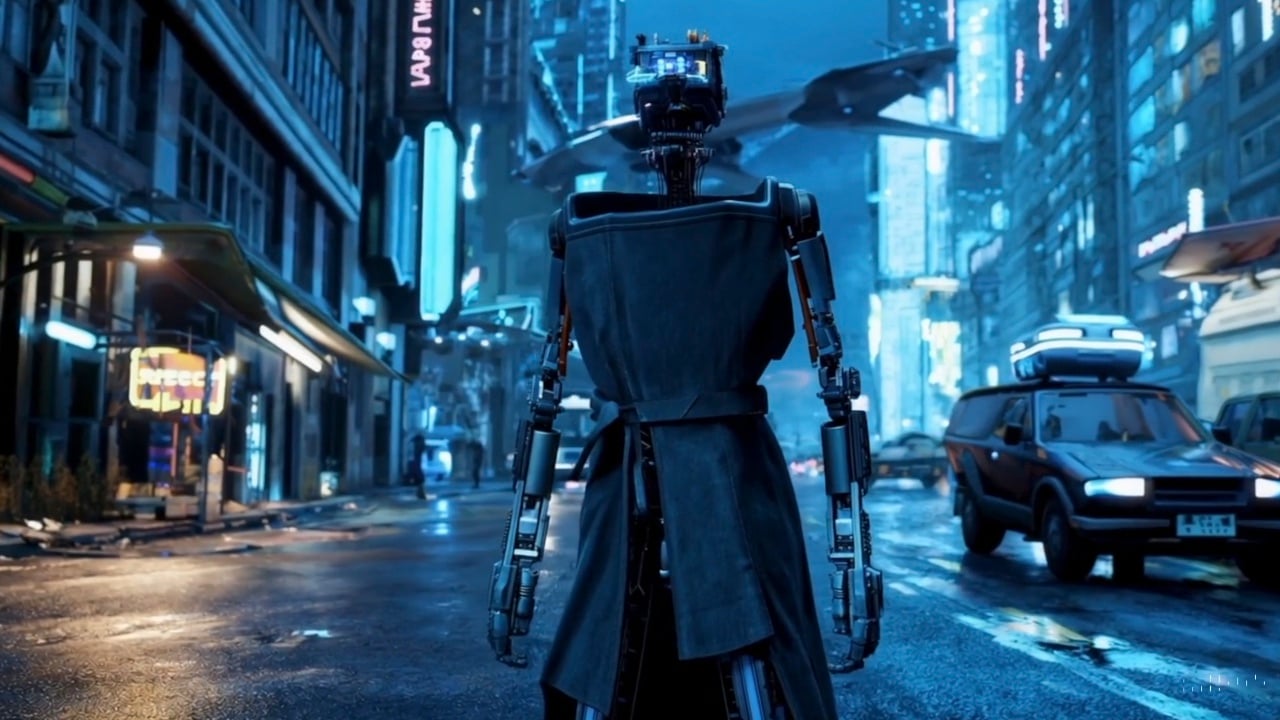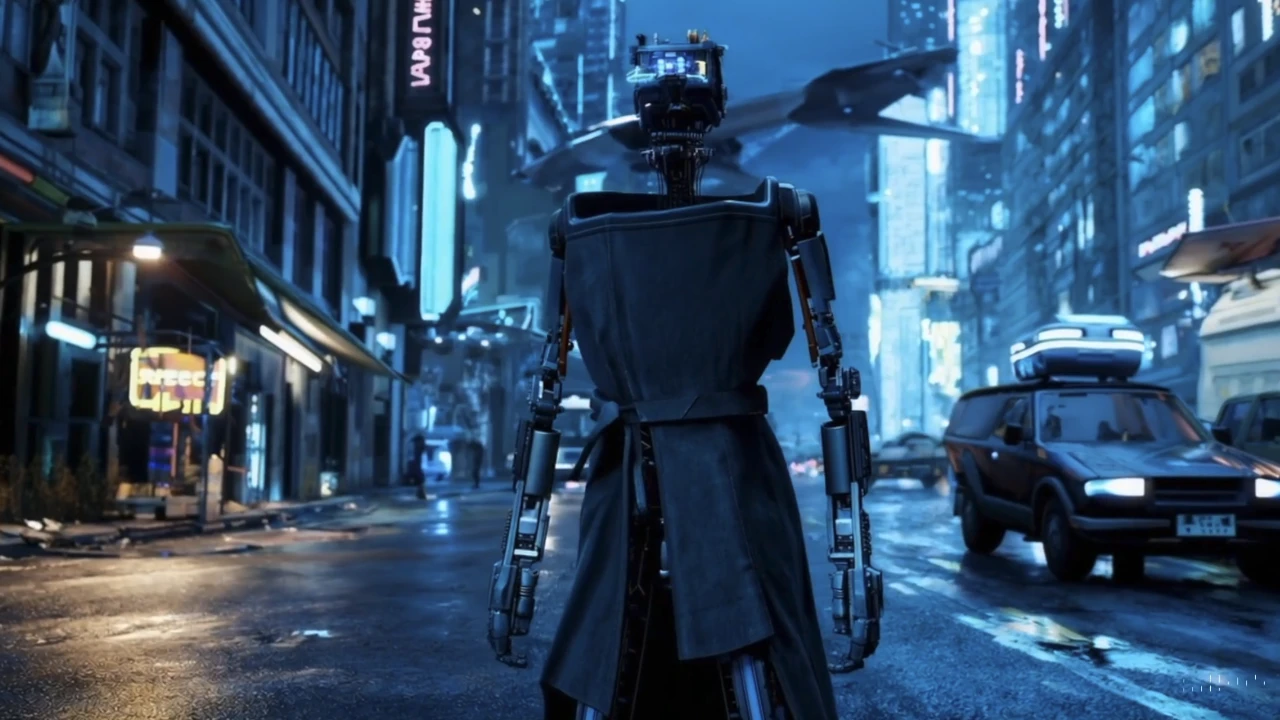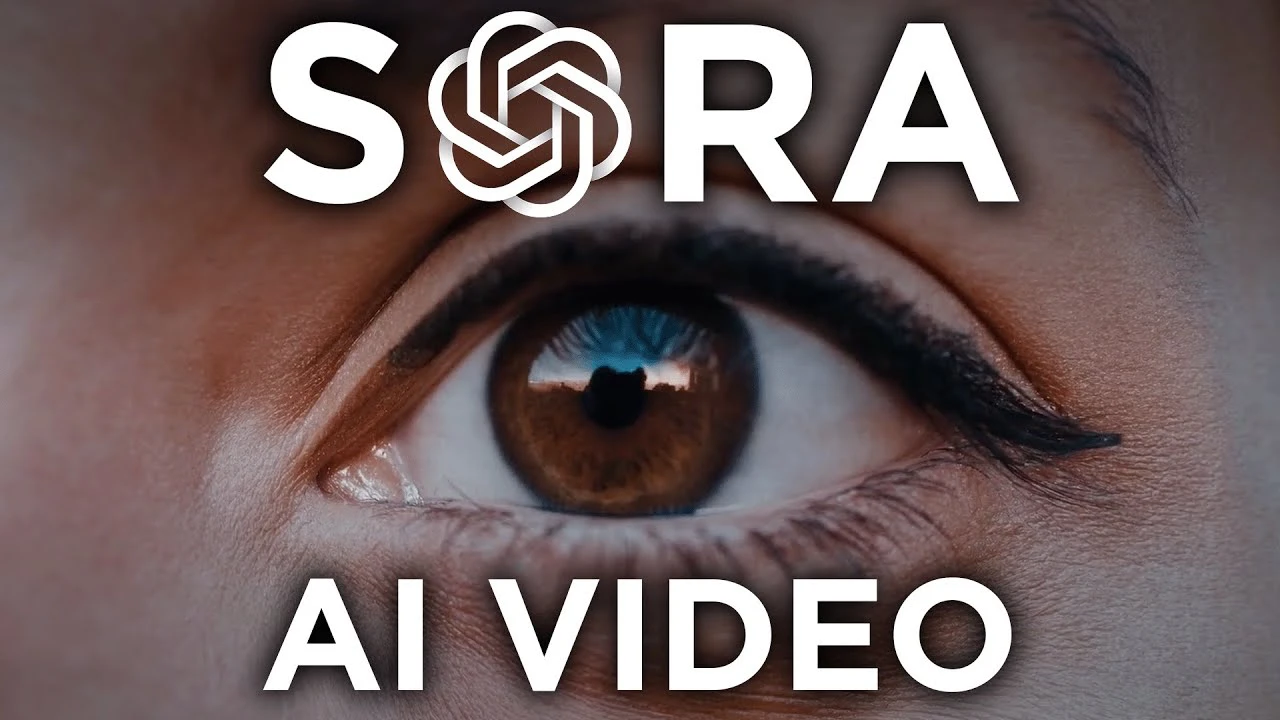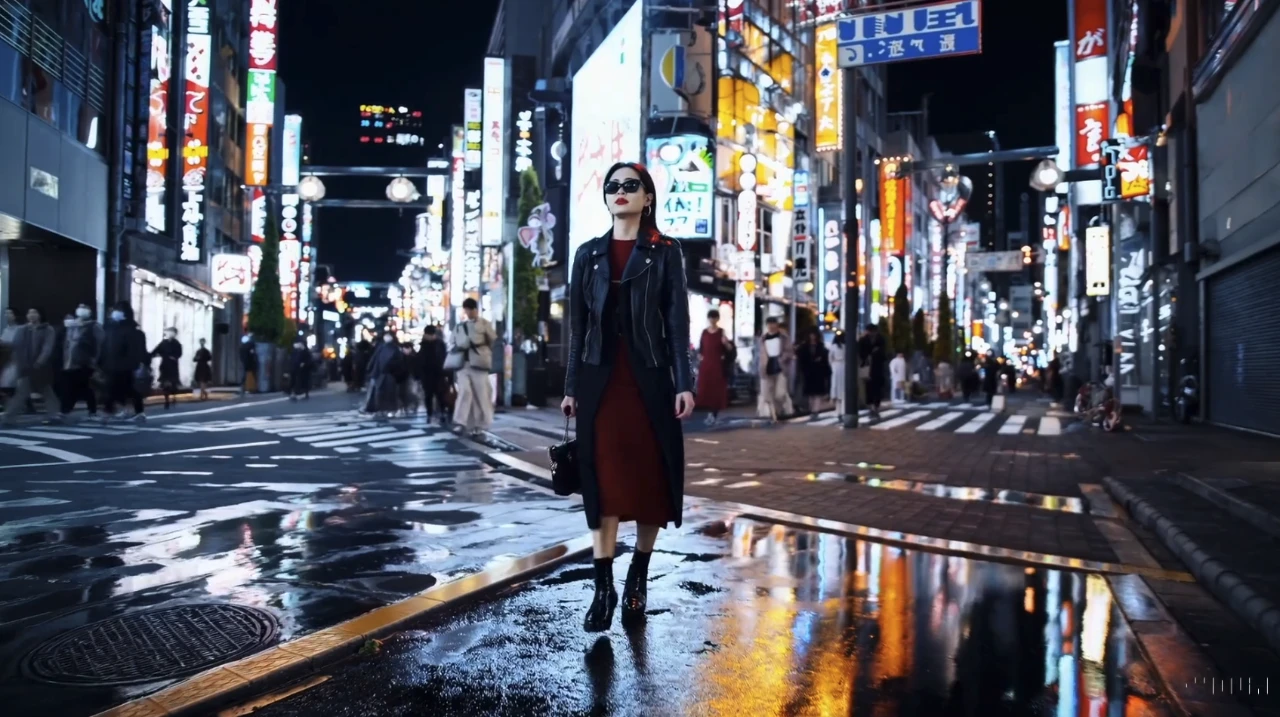[ad_1]
A man with a balloon for a head is somehow not the weirdest thing you’ll see today thanks to a series of experimental video clips made by seven artists using OpenAI’s Sora generative video creation platform.
Unlike OpenAI‘s ChatGPT AI chatbot and the DALL-E image generation platform, the company’s text-to-video tool still isn’t publicly available. However, on Monday, OpenAI revealed it had given Sora access to “visual artists, designers, creative directors, and filmmakers” and revealed their efforts in a “first impressions” blog post.
While all of the films ranging in length from 20 seconds to a minute-and-a-half are visually stunning, most are what you might describe as abstract. OpenAI’s Artist In Residence Alex Reben’s 20-second film is an exploration of what could very well be some of his sculptures (or at least concepts for them), and creative director Josephine Miller’s video depicts models melded with what looks like translucent stained glass.
Not all the videos are so esoteric.
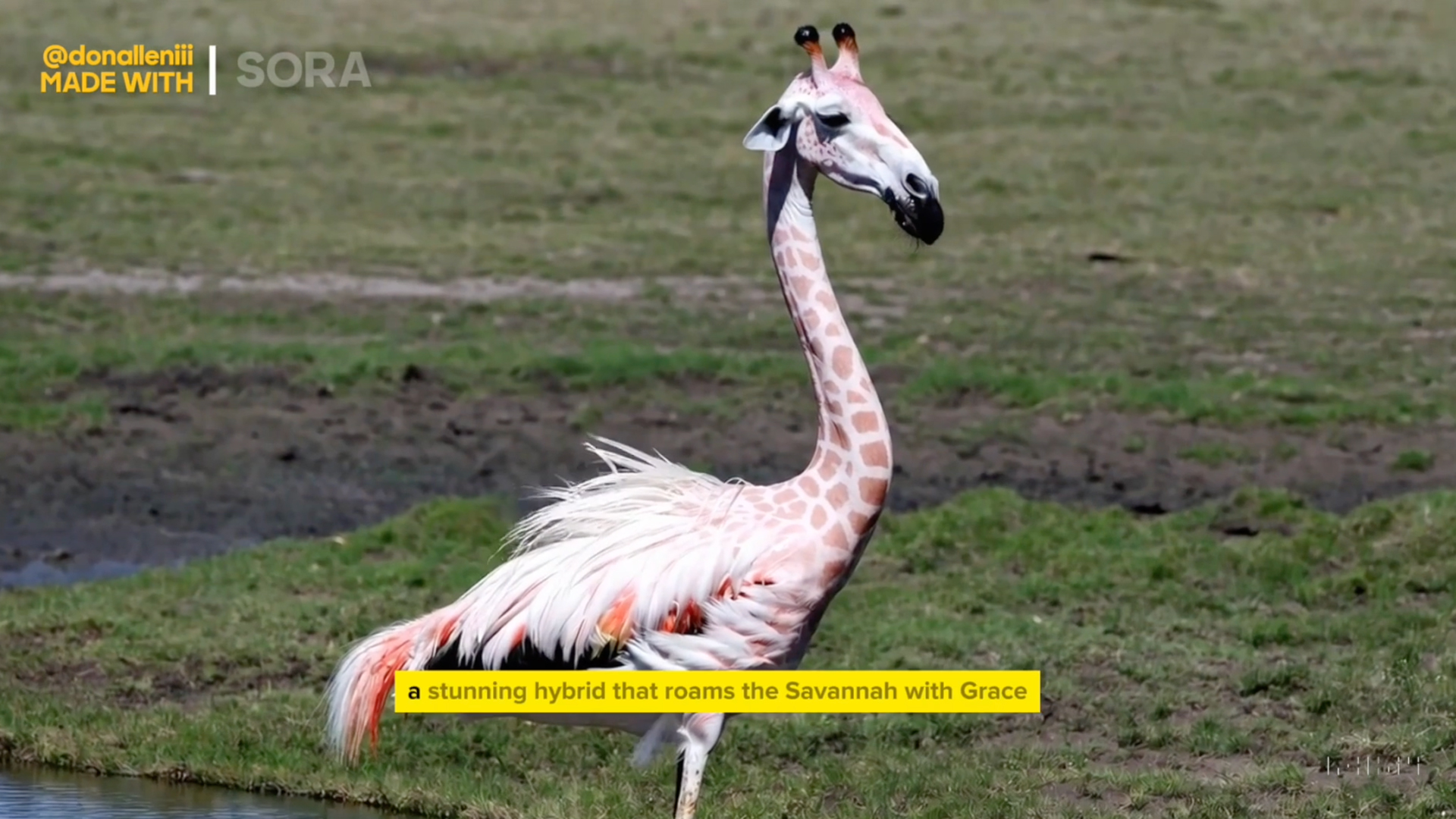
If we had to give out an award for most entertaining, it might be multimedia production company shy kids’ “Air Head”. It’s an on-the-nose short film about a man whose head is a hot-air-filled yellow balloon. It might remind you of an AI-twisted version of the classic film, The Red Balloon, although only if you expected the boy to grow up and marry the red balloon and…never mind.
Sora’s ability to convincingly merge the fantastical balloon head with what looks like a human body and a realistic environment is stunning. As shy kids’ Walter Woodman noted, “As great as Sora is at generating things that appear real, what excites us is its ability to make things that are totally surreal.” And yes, it’s a funny and extremely surreal little movie.
But wait, it gets stranger.
The other video that will have you waking up in the middle of the night is digital artist Don Allen Stevenson III’s “Beyond Our Reality,” which is like a twisted National Geographic nature film depicting never-before-seen animal mergings like the Girafflamingo, flying pigs, and the Eel Cat. Each one looks as if a mad scientist grabbed disparate animals, carved them up, and then perfectly melded them to create these new chimeras.
OpenAI and the artists never detail the prompts used to generate the videos, nor the effort it took to get from the idea to the final video. Did they all simply type in a paragraph describing the scene, style, and level of reality and hit enter, or was this an iterative process that somehow got them to the point where the man’s balloon head somehow perfectly met his shoulders or the Bunny Armadillo transformed from grotesque to the final, cute product?
That OpenAI has invited creatives to take Sora for a test run is not surprising. It’s their livelihoods in art, film, and animation that are most at risk from Sora’s already impressive capabilities. Most seem convinced it’s a tool that can help them more quickly develop finished commercial products.
“The ability to rapidly conceptualize at such a high level of quality is not only challenging my creative process but also helping me evolve in storytelling. It’s enabling me to translate my imagination with fewer technical constraints,” said Josephine Miller in the blog post.
Go watch the clips but don’t blame us if you wake up in the middle of the night screaming.
You might also like
[ad_2]
Source Article Link





